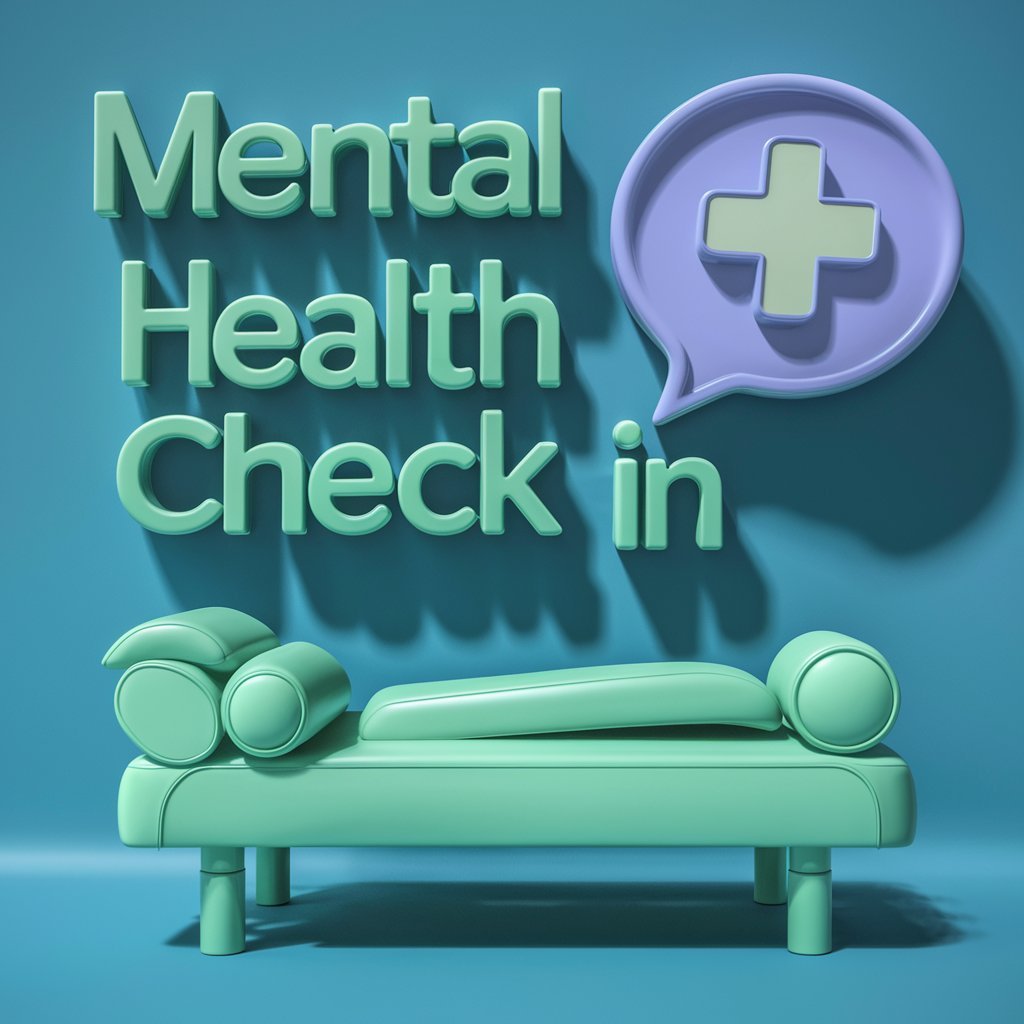Creating a safe and secure environment is crucial for both individuals and communities. Whether at home, work, school, or in public spaces, having a solid safety plan in place can help prevent accidents, emergencies, and potential risks. In this article, we will discuss the basics of safety planning and provide tips and strategies for creating a secure and protected environment.
The Importance of Safety Planning
Having a safety plan is essential for being prepared for any unforeseen circumstances. By identifying potential hazards and risks, individuals can take proactive steps to mitigate them and ensure their safety and well-being. A safety plan can also help in emergency situations by providing clear guidelines on what to do and who to contact.
Tips for Creating a Safety Plan
Here are some tips and strategies for creating a comprehensive safety plan:
- Identify potential hazards: Make a list of potential risks in your environment, such as fire hazards, security threats, or natural disasters.
- Assess vulnerabilities: Determine weak points in your safety protocols and areas that need improvement.
- Develop emergency procedures: Create clear and concise instructions on what to do in case of emergencies, such as evacuations, lockdowns, or medical emergencies.
- Communicate effectively: Ensure that everyone in your environment is aware of the safety plan and knows their roles and responsibilities.
- Regularly review and update: Safety plans should be dynamic and evolve with changing circumstances, so it is important to regularly review and update them.
Strategies for a Secure Environment
Implementing specific strategies can help enhance the security and protection of your environment:
- Install security measures: Use security cameras, alarms, and access control systems to deter intruders and monitor your surroundings.
- Train personnel: Provide training for staff or family members on safety procedures and protocols to ensure everyone is prepared for emergencies.
- Maintain a clean and organized space: Cluttered environments can pose safety risks, so keep your space clean and organized to prevent accidents.
- Stay informed: Stay up-to-date on safety regulations, weather alerts, and security updates to be prepared for any potential threats.
Conclusion
Creating a safety plan and implementing security measures are essential for maintaining a secure and protected environment. By identifying risks, developing emergency procedures, and staying informed, individuals and communities can prevent accidents and respond effectively to emergencies. Remember that safety is a shared responsibility, and everyone plays a role in creating a safe environment for themselves and others.
FAQs
Q: How often should I review and update my safety plan?
A: It is recommended to review and update your safety plan at least once a year or whenever there are significant changes in your environment, such as moving to a new location, hiring new personnel, or encountering new risks.
Q: What should I do if an emergency occurs and I don’t have a safety plan in place?
A: In case of emergencies, stay calm and seek help immediately. Contact emergency services, evacuate if necessary, and assess the situation to ensure your safety and the safety of others. It is never too late to create a safety plan, so consider developing one after the incident to prevent future emergencies.





